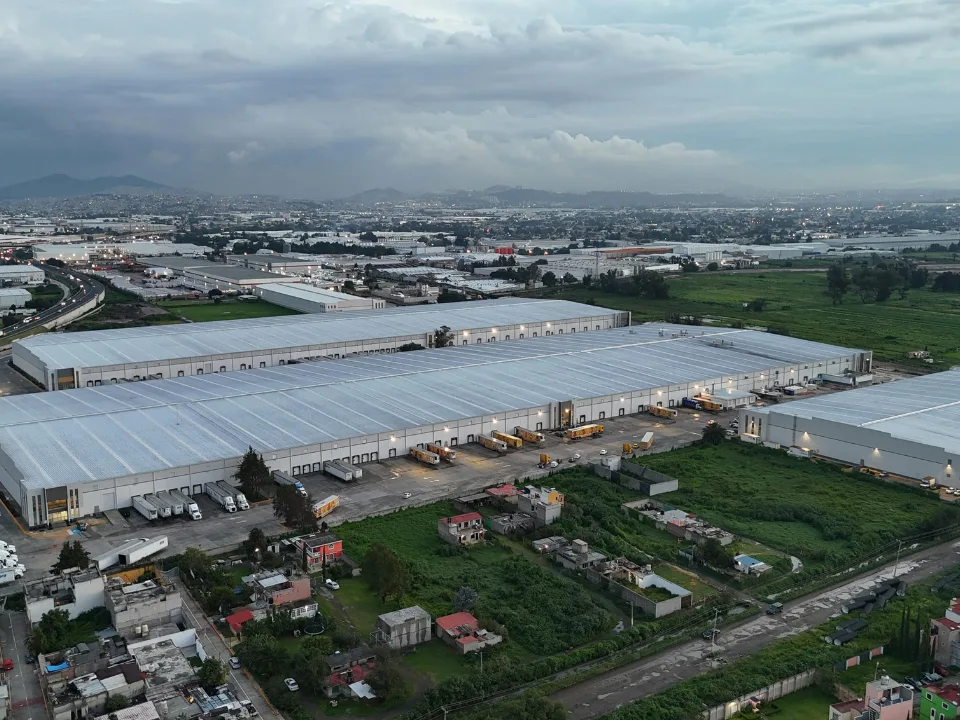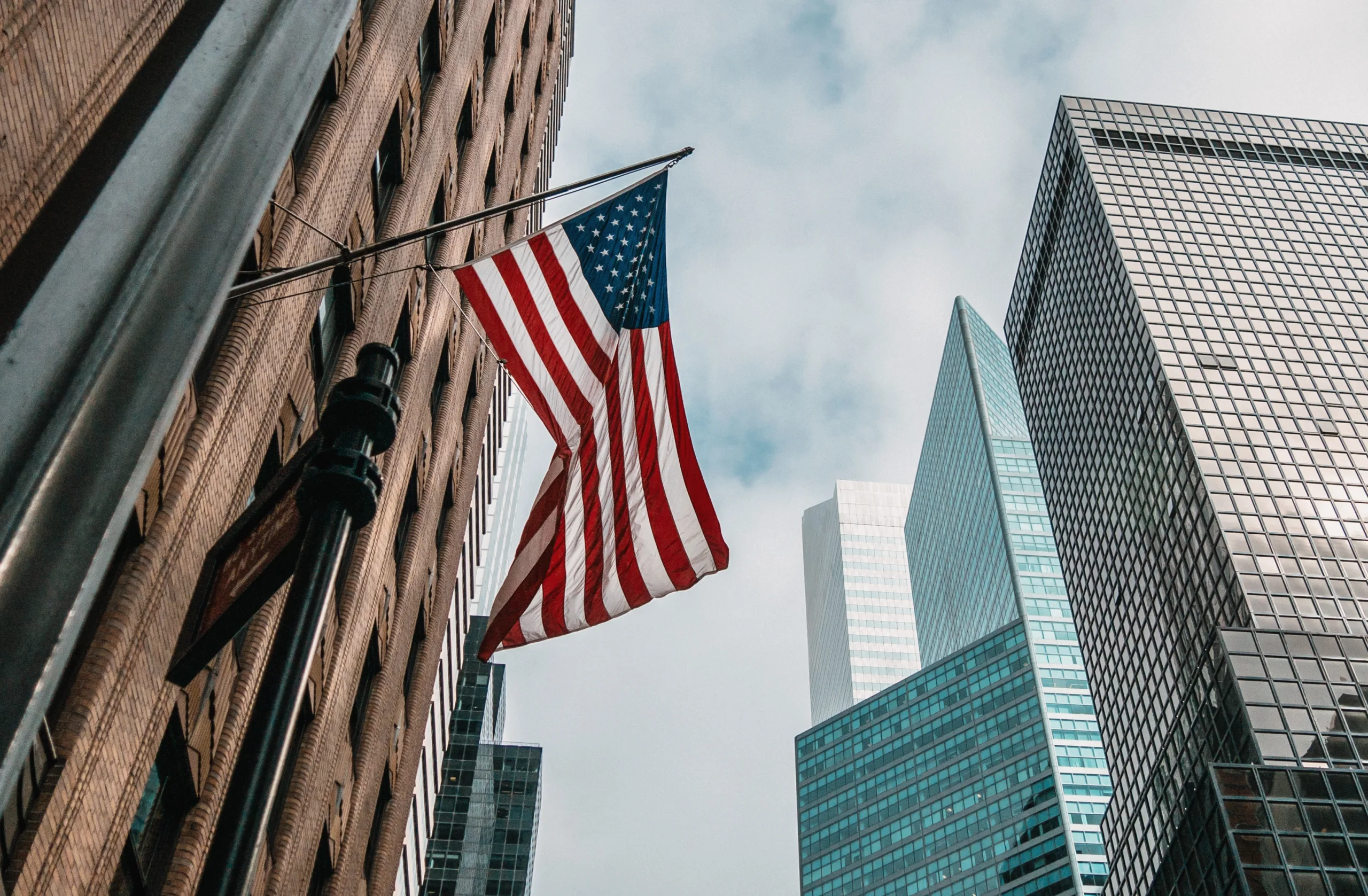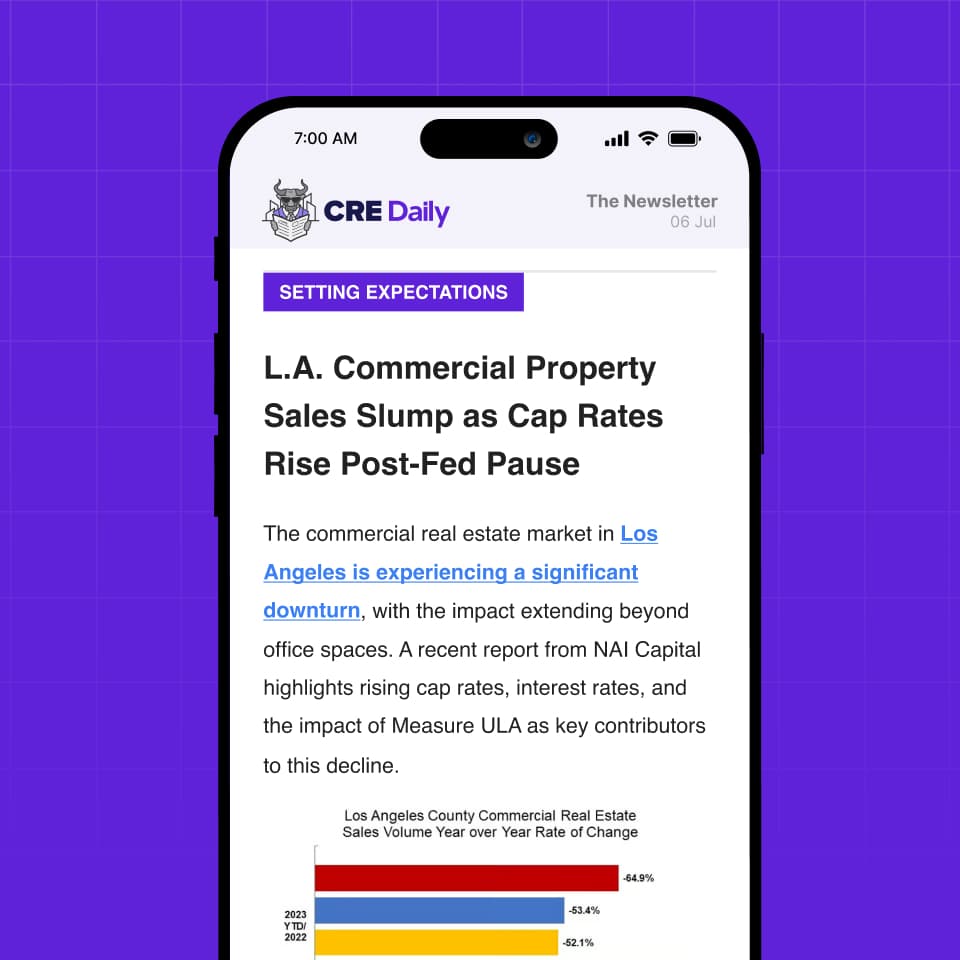- Rescue equity deals remain limited, as valuation uncertainty and layered ownership structures complicate execution.
- Investors like S2 Capital and Acore are focusing on distressed multifamily and industrial properties.
- Rather than a flood of distressed sales, the market is seeing a slow, selective deployment of capital.
Market Shifts from Panic to Patience
Expectations for a tidal wave of distressed asset sales and rescue equity opportunities in commercial real estate (CRE) have given way to a slower, more calculated environment, per Commercial Observer.
While headlines predicted mass workouts, defaults, and vulture capital swooping in, the reality has played out in pockets, and with far more complexity.
“There’s no wall of distress,” said Joe Biasi, head of capital markets research at Newmark. “It’s been more of a slow roll.”
Finding the Signals
S2 Capital, a Dallas-based multifamily investor, has leaned into the moment. The firm deployed $60M in rescue capital earlier this year to acquire underperforming apartment portfolios in Dallas, Nashville, and Knoxville. The deal required replacing ownership, restructuring loans, and injecting new equity, reflecting the type of hands-on strategy increasingly needed to unlock value.
Founder Scott Everett noted a simple tell: overgrown lawns often signal vendors are gone, cash flow is tight, and distress is near.
But even with sophisticated signals, rent declines, CMBS performance, or maturing loans, the deals require aligning multiple stakeholders. In a volatile valuation environment, few are rushing to write down assets or concede equity.
Targeted Deployments
Firms like Acore Capital, which launched a $1B hotel rescue fund in 2021 and closed a $1.4B debt fund last year, are being selective. They provide flexible capital, sometimes stepping in as preferred equity, other times offering up to 85% loan-to-value structures that recapitalize assets without triggering full ownership changes.
GreenBarn, another player in the space, recently co-led a $36M preferred equity investment to help refinance 1166 Avenue of the Americas in Manhattan, another signal that targeted capital is moving, even if quietly.
Uneven Distress
Distress is highly asset-dependent. Older multifamily properties from the 1970s and ‘80s, often operated by regional players with less institutional sophistication, are far more likely to need rescue capital than newer, stabilized buildings. Cap rate expansion and elevated borrowing costs have squeezed margins, forcing owners to either sell at a discount or find a creative capital partner.
Meanwhile, stabilized multifamily and grocery-anchored retail have remained attractive to banks and large lenders, pushing private capital into riskier mezzanine or construction lending instead.
Looking Ahead
A potential rate cut environment could open up more capital, but the fundamental issues, debt maturities, valuation gaps, and investor caution, remain.
S2 raised a $373M rescue fund earlier this year and has already deployed most of it. Everett believes there’s a runway well into 2026 for similar opportunities, but cautions that these aren’t easy wins.
“This is not falling out of the sky,” Everett said. “You’ve got to roll up your sleeves and work for it.”
Bottom Line
Rescue equity has not become the dominant CRE theme, some expected post-pandemic. Instead, distressed investing is happening in slow, targeted waves. For investors willing to get granular, take control, and manage through complexity, the opportunities are real, but they’re far from passive plays.
As CRE transitions from the volatility of the early 2020s, investors are discovering that “rescue” isn’t about timing the bottom, it’s about having the patience, structure, and creativity to unlock value when others can’t.
Get Smarter about what matters in CRE
Stay ahead of trends in commercial real estate with CRE Daily – the free newsletter delivering everything you need to start your day in just 5-minutes

















